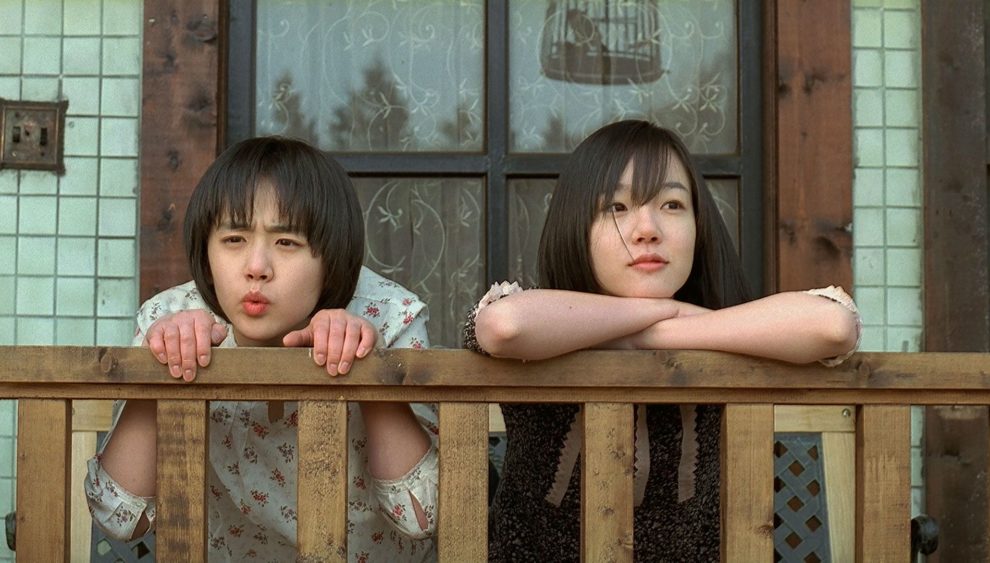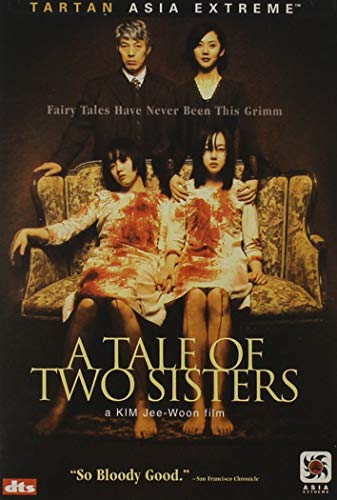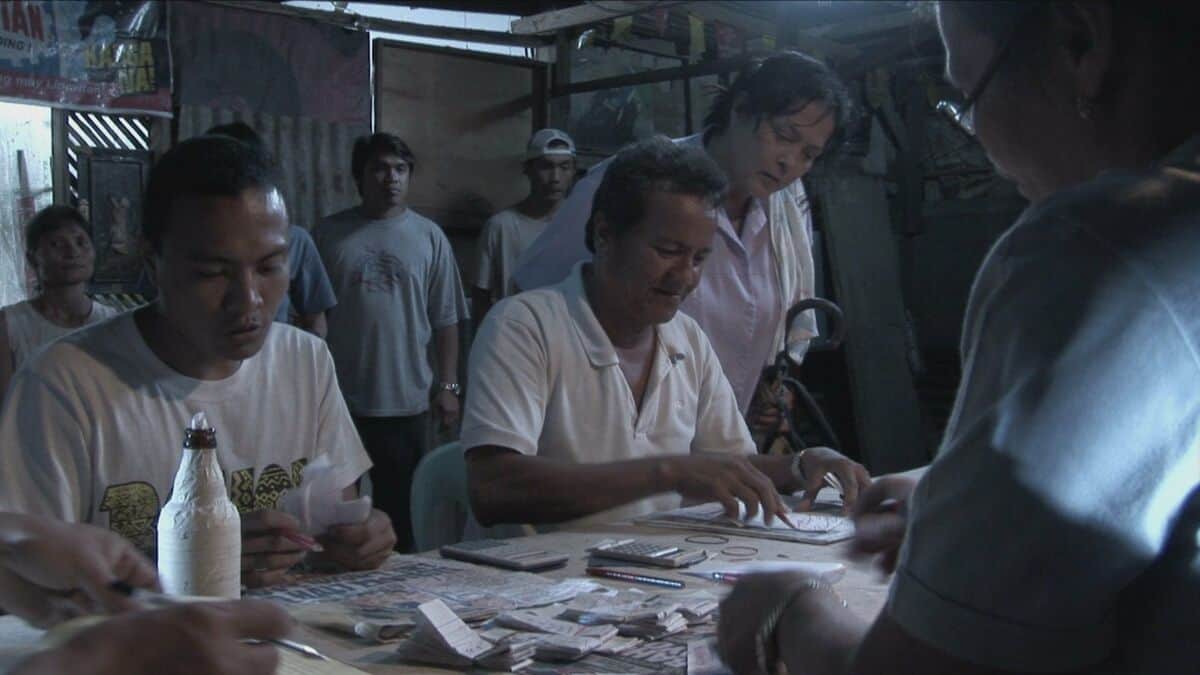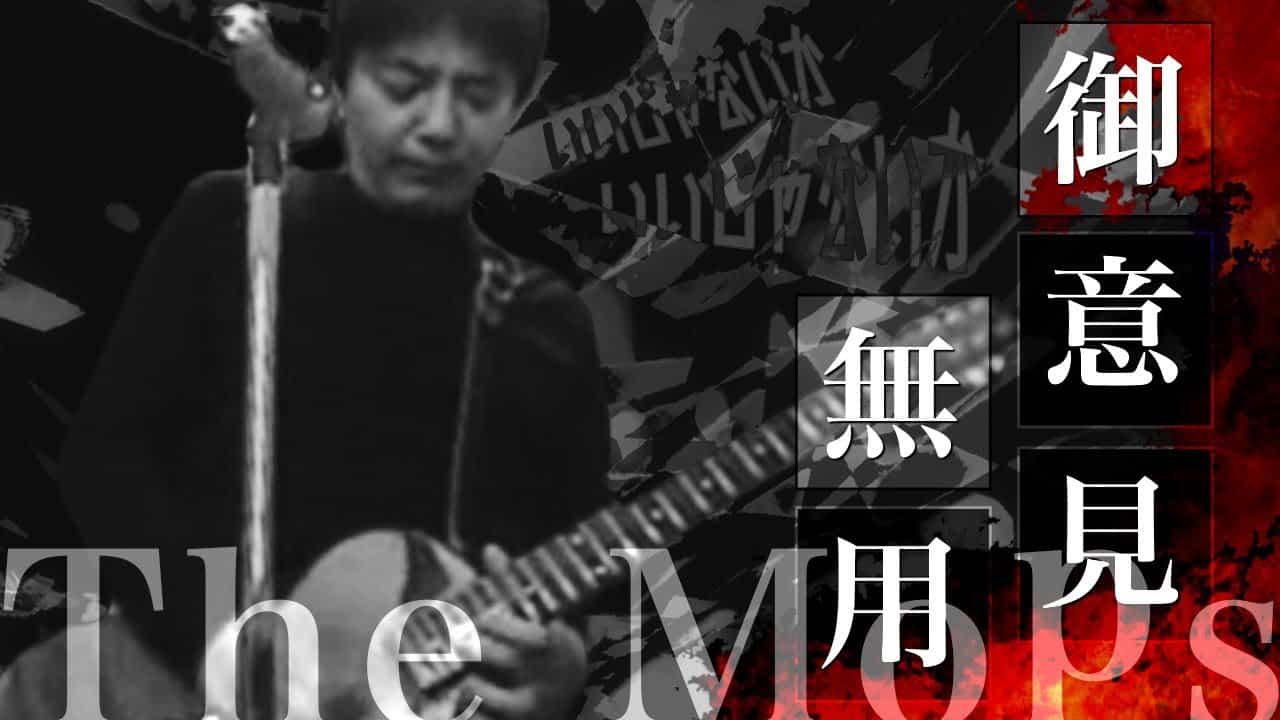Within the landscape of the Korean film industry, director Kim Jee-woon can look back not only on a very successful career, but also one defined by versatility and creativity, evident in his work in many different genres. Even his first feature “The Quiet Family”, which inspired Takashi Miike's “Happiness of the Katakuris” to some extent, indicated that while obeying certain genre rules, Kim was willing to bend these and also mix them with other storylines, thus surprising his viewer with unforeseen developments and plot twists, making his features unique to this day. Additionally, many of his films, such as “A Bittersweet Life” and “I Saw the Devil” showed the director's roots, since he began his career in the theater, as expressed in the staging of scenes and the definition of his characters who, more than once, remind us of tragic heroes. All of these concepts can be seen in what might just be one of this most popular genre entries to this day, his 2003 horror film “A Tale of Two Sisters”, which is, at its core, a deeply moving and quite disturbing family drama about deception, emotional trauma and repression.
As the story begins sisters Su-mi (Im Soo-jung) and Su-yeon (Moon Geon-young) are brought to their family home in the country, where their father (Kim Kap-soo) hopes they have time to recuperate after Su-mi's latest nervous breakdown, and get to know their stepmother, Eun-joo (Yum Yung-ah). With the memory of their mother still on their minds, there is a palpable tension between the three women, and while timid Su-yeon becomes silent in Eun-joo's company, her sister is quite confrontational as she starts arguing and refuses to sit with her father's new wife at the dinner table. In the end, the two girls find solace in each other's company, with Su-mi swearing she will do whatever it takes to protect her sister from their step-mother.

In the following nights, a number of strange and disturbing events increases the tension between the two girls and Eun-joo. While the latter suspects the girls to be behind the death of her pet as well as the family pictures with her head cut out, Su-mi finds her sister being constantly maltreated by their step-mother. However, as the events become increasingly more shocking and frightening, the family has to realize there might be another presence in their home.
Right from the very first minutes of “A Tale of Two Sisters” it becomes apparent how well Kim Jee-woon understands the mechanics of the genre, especially psychological horror. While quickly establishing the strong bond between the two sisters, with both, Im Soo-jung and Moon Geon-young delivering believable and strong performances, there is also a certain tension, which builds throughout the story. With their father being somewhat passive throughout the events, apart from his idea of re-defining the family bond, much of the uncomfortable atmosphere derives also from Yum Yung-ah's performance as Eun-joo, who seems to be inspired by a multitude of evil fairy-tale step-mothers, a notion which is further highlighted by the way she is framed by the camera and her costumes. There is an idea of emotional distance and unprocessed trauma between the characters, as well as a distinct power struggle between Su-mi and Eun-joo, essentially fighting for the still vacant mother-role within the family.
Similar to the works of his colleagues, namely Park Chan-wook, the severe nature of the conflict is reflected in the setting and its design. As the tension is building, the family home seems increasingly maze-like, with Lee Mo-gae's cinematography highlighting what is essentially the transformation of the familiar to the strange, haunting and disturbing place. In combination with masterful sound design, the sense of dread increases, making each of the scares quite effective and emphasizing the aforementioned notion of the setting becoming more and more hostile. Kim Jee-woon's understanding of the setting and its change as a mirror to the emotional landscape of the characters is what makes “A Tale of Two Sisters” stand above many of the entries into Asian horror in the early 2000s.
In the end, “A Tale of Two Sisters” is a blend of psychological horror and family drama. Kim Jee-woon manages to direct a film whose performances and overall design makes it one of the most impressive features of his career, and at the very least a very effective entry into genre filmmaking.
















